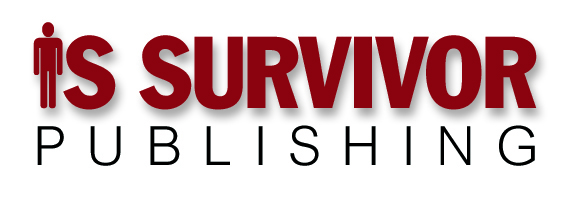This is probably a mistake.
But I wrote about male/female workplace issues quite recently (“A tale of two genders,” 8/14/2017). Now we have the decline and fall of Harvey Weinstein and others of his predatory brethren, with remarkably little root cause analysis.
Let’s start with this: Harvey Weinstein was a major financial contributor to the Democratic party and its candidates. Roger Ailes used his media outlet to promote the Republican party and its candidates.
Linking their sexual predation with their political affinities is … what’s the word I’m looking for? … ah yes, that’s it: reprehensible. Please don’t. The last thing we need these days is more tribalism.
We can each freely agree with someone about their political views without incurring an obligation to defend them on any other aspect of their lives. “Us” does not mean “good person” any more than “them” means bad person.
Well, actually, it usually does, but let’s not succumb to the temptation. Let’s do the opposite and forbid political affinitizing (I don’t care if it isn’t a real word) about this. It cheapens an issue that should, under no circumstances, be cheapened.
Next, let’s jettison the next-most-popular root cause analysis: “They’re horrible human beings.” Yes, they are, but how does that help? What’s useful is understanding how they became horrible human beings.
Which gets us to what’s missing as commentators vie to write the Most Condemnatory Commentary Yet. It’s culture, a subject I wrote about last month (“It’s always the culture,” 9/25/2017).
Whenever you see a pattern of behavior that’s common to a group of people who know and associate with each other, you can bet culture is a major causal factor.
Go back to the early days of the entertainment industry. The so-called casting couch was, if not ubiquitous, certainly prevalent. Those who had them figured their couch was one of the perks of their position. Reclining in one was, for many a budding starlet, a distasteful prerequisite for a shot at the big time. Some chose (or in some cases were forced) to acquiesce. The rest went home.
Those who ran the entertainment industry knew and socialized with each other. Anyone lacking a casting couch in their own suite of offices understood the key message: This sort of thing is okay. It’s how we do things around here. It’s embedded in our culture, “us” being the powerful and important people who run this industry.
Want to understand how Ailes, Weinstein, and so many others could get away with their offenses for so many decades?
I had the good fortune of having a business partner who was a student of anthropology. Culture, he explained, is the learned behavior people exhibit in response to their environment.
In our Cro-Magnon past, a lot of the environment was physical: Animals that could be hunted, vegetables that could be gathered, plant, animal, and mineral matter that could be turned into useful implements.
In an organization, in contrast, most of your environment is the behavior of the people around you. Culture becomes a self-reinforcing loop: it’s the learned behavior people exhibit in response to the learned behavior people exhibit in response to the learned behavior people exhibit.
Ailes and Weinstein, Hitchcock before them if Tippi Hedren is to be believed, and Fatty Arbuckle before him, all were embedded in a culture where the norm was, and apparently still is in some circles, “This is okay. It’s better than okay. It’s something you deserve.”
Look at just about every horrible act performed by any group of people who knew each other at any time in the historical record, and ask how it’s possible that human beings behaved in such extraordinarily repulsive ways. The nearly uniform answer: Their culture told them this is how they’re supposed to behave. It’s more than okay. It’s approved of.
Which has what to do with you?
If you have a leadership role in your organization, you’re responsible for the learned behavior people exhibit in response to their environment, because as a leader a disproportionately important part of their environment is you.
If you indicate, directly, or by modeling, or through implication, or even through omission that something is acceptable that shouldn’t be, you’re responsible for anything and everything that happens as a result of the culture you’ve helped foster.
Members of the KJR community understand these two critical points about culture: First, being a leader isn’t a matter of position. It’s a matter of choice.
And, second, if there’s something you don’t like about your organization’s culture, the most important tool at your disposal is a mirror.
